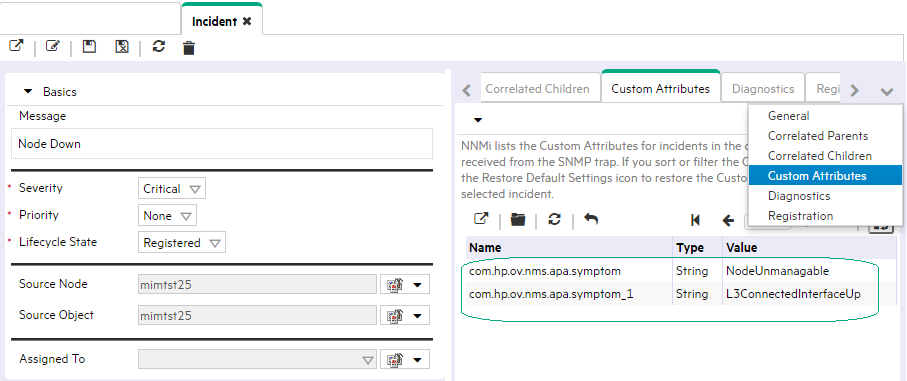Searching the Help
To search for information in the Help, type a word or phrase in the Search box. When you enter a group of words, OR is inferred. You can use Boolean operators to refine your search.
Results returned are case insensitive. However, results ranking takes case into account and assigns higher scores to case matches. Therefore, a search for "cats" followed by a search for "Cats" would return the same number of Help topics, but the order in which the topics are listed would be different.
| Search for | Example | Results |
|---|---|---|
| A single word | cat
|
Topics that contain the word "cat". You will also find its grammatical variations, such as "cats". |
|
A phrase. You can specify that the search results contain a specific phrase. |
"cat food" (quotation marks) |
Topics that contain the literal phrase "cat food" and all its grammatical variations. Without the quotation marks, the query is equivalent to specifying an OR operator, which finds topics with one of the individual words instead of the phrase. |
| Search for | Operator | Example |
|---|---|---|
|
Two or more words in the same topic |
|
|
| Either word in a topic |
|
|
| Topics that do not contain a specific word or phrase |
|
|
| Topics that contain one string and do not contain another | ^ (caret) |
cat ^ mouse
|
| A combination of search types | ( ) parentheses |
|
Prerequisites for Pairwise Configurations
Tip When configuring the Matching Criteria, you do not need to specify any of the ciaNames that NNMi automatically takes into account. See Matching Criteria Configuration Form (Identify Incident Pairs) for more information.
When matching incidents, NNMi automatically takes into account the following values:
-
SNMP Trap incidents. NNMi takes into account from which device the trap originated using the
cia.addressvalue of the source address of the trap. -
Management Event incidents. NNMi takes into account the name of the incident's Source Object and Source Node.
Tip NNMi displays the Name value used to identify the Source Node and Source Object in the Source Node and Source Object attribute for each incident in the Incident form.
-
Syslog Message incidents. NNMi does not automatically use any matching criteria.
If you must provide more details to accurately identify the logical pair of incidents (from among all possible incidents related to that source node), complete the Optional step 6 below.
Complete the following steps before attempting to set up a Pairwise Configuration:
-
Identify the incidents or SNMP traps that consist of the logical relationship that makes the pair.
Note The incident configurations you select can be the same or different for each pair.
-
Configure those two incidents or traps within NNMi, if they are not already configured:
- Generate one of each of the incidents or SNMP traps so you can see an example of each in one of the NNMi Incident views. See Views Available in NNMi.
-
To display the Incident form, double-click the row representing the first sample incident for the pair.
Navigate to the Custom Attributes tab. These are the custom incident attributes available to use in step 6, below. See Custom Incident Attributes Provided by NNMi (Information for Administrators) for more information about Custom Attributes.

- Repeat the previous step with the second sample incident for the pair.
-
Optional. If both Pairwise incidents have custom attributes, you can refine the match criteria beyond what NNMi automatically uses to determine a match. Some incident pairs require extensive details to verify an accurate match. See Pairwise Configuration Form (Correlate Pairs of Incidents).
We welcome your comments!
To open the configured email client on this computer, open an email window.
Otherwise, copy the information below to a web mail client, and send this email to network-management-doc-feedback@hpe.com.
Help Topic ID:
Product:
Topic Title:
Feedback:





